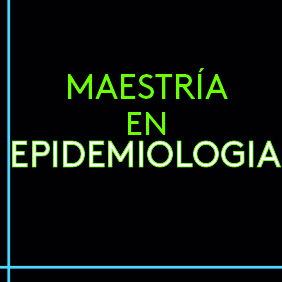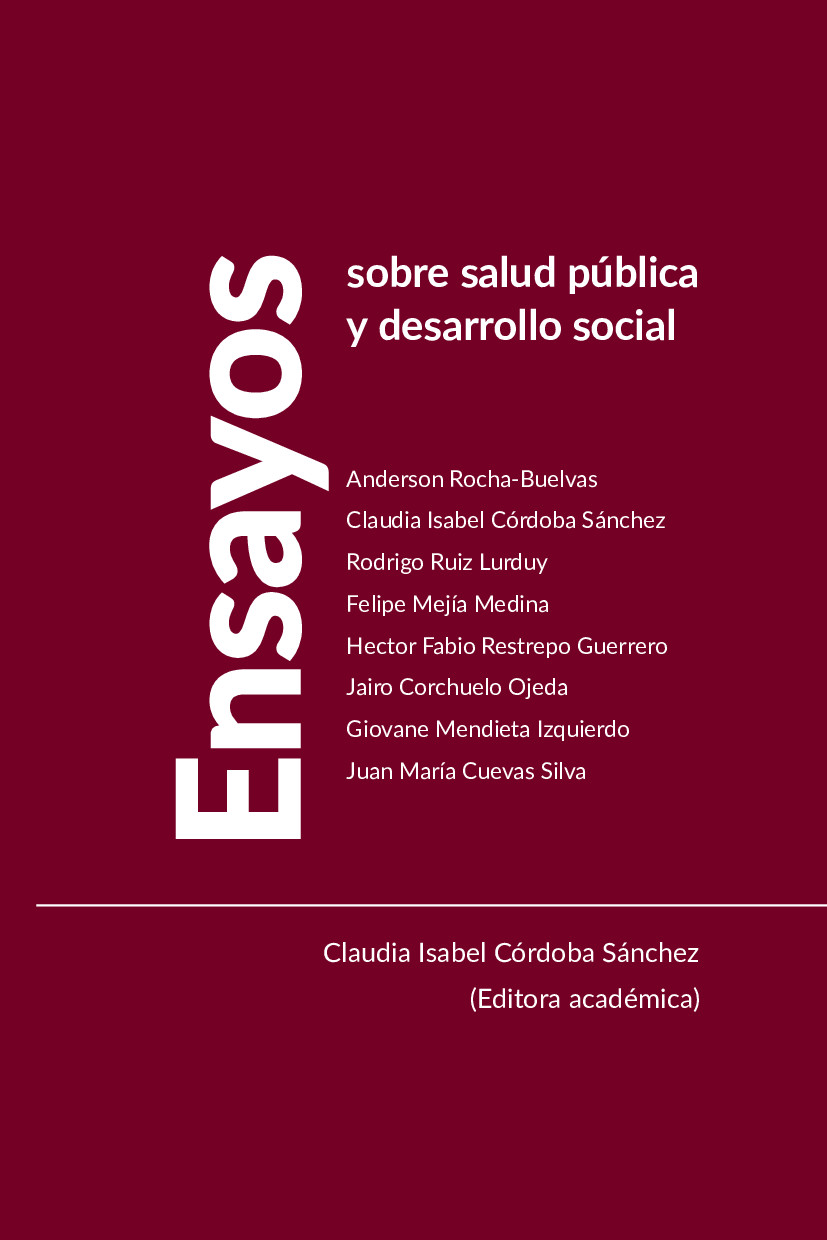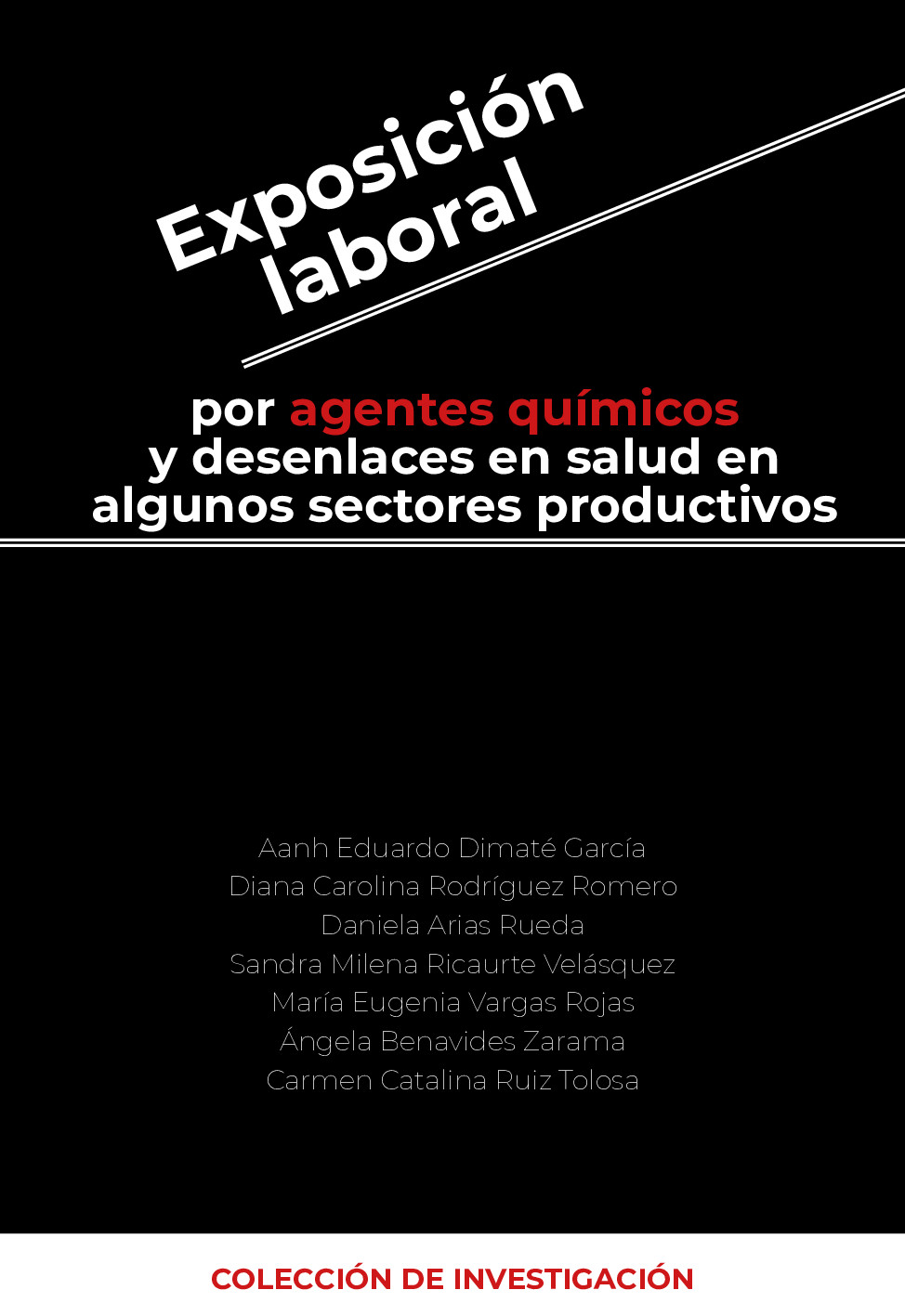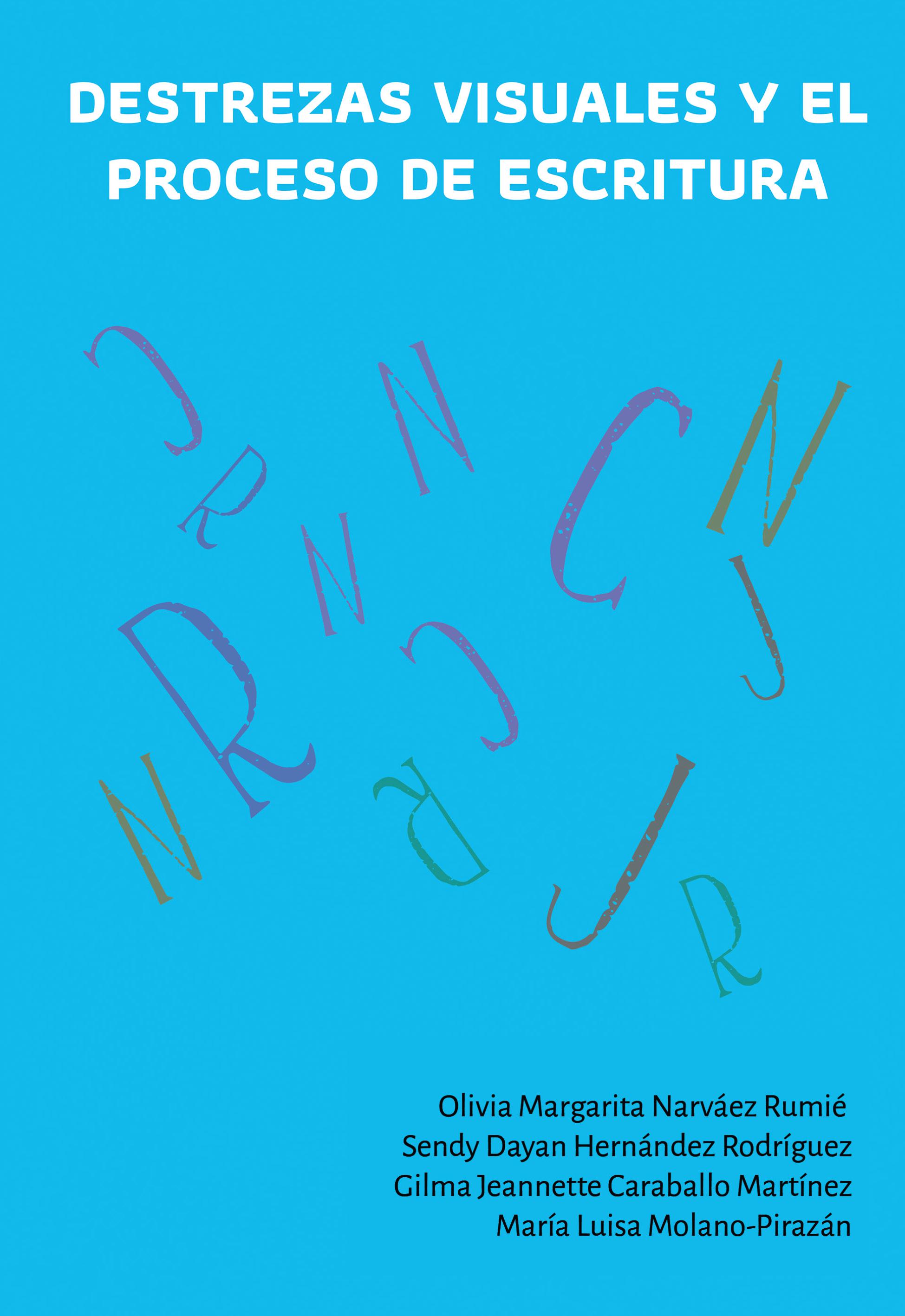Ver / Descargar
How to Cite
Cruz Riveros, J. W., & Veloza Morales, M. C. (2019). Patient’s Safety in Hospitals in Bogota from the Perspective of Professionals in Nursery. Revista Investigaciones Andina, 21(39), 9-20. https://doi.org/10.33132/01248146.1552
More Citation Formats
Abstract
Objective: To evaluate the perception of patient’s safety in nurses who work in a health unit service center in Bogota. Method: A cross-sec- tional and descriptive study was carried out to evaluate perception over patient’s safety. We applied a questionnaire from the Agency for Health Care Research and Quality (AHRQ), designed to measure knowledge about patient’s safety. It was done in a health unit service center in Bogota.
Results: A total of 43 nurses from the health-care services area answered the survey. The sections which threw a higher alpha Cronbach rate were frequency of notified events (0,826); teamwork in the healthcare service unit (0.824) and issues in shift changes and transitions between services (0.785). Whilst sections
with a lower rate were classified as chances to improve, taking into account the results of other research works which used the same measuring instrument. They were staffing (0.533) and non-punitive reaction to errors (0,488). Conclusions: In order to reach average levels of knowledge regarding patient’s health, it is necessary to use a scientific method which helps define and understand all the problems related to the frequency of flaws and errors that affect patient’s care. Thus, sections of staff and non-punitive answer to mistakes, as well as the problems in shifts and transitions between services are a starting point to create strategies to improve and positively create a change in the institution.
Licence
Authors should declare no conflicts of interest either for reasons of financing the project which is the result of the article; as well as intellectuals, academics, moral and investigative reasons.
The Journal of Andean Research is home to the ethical rules for publications issued by the COPE: http://publicationethics.org/resources/code-conduct
References
1. Ministerio de Salud. Consejo Técnico Unidad Sectorial de Normalización en salud [Internet]. Bogotá; 2000. [citado 2017 nov. 5] Disponible en: https://www.minsalud.gov.co/salud/Paginas/usns_co-pia(5).aspx
2. Gómez O, Arenas W, González L, Garzón J, Mateus E, Soto A. Cultura de seguridad del paciente por personal de enfermería en Bogotá, Colombia. Cienc. enferm. [Internet]. 2011 dic. [citado nov. 1]; 17:97-111. Disponible en: http://www.scielo.cl/scielo.php?script=sci_arttex-t&pid=S0717-95532011000300009&ln-g=es
3. Ley 266/1996 de 25 de enero, de re-glamentación Profesión de enfermería en Colombia. (Diario oficial n.º 42710, del 5 de febrero de 1996).
4. Soto A. El reto de la calidad y seguridad de la atención de enfermería. Rev Cona-med. [Internet]. 2013 oct. [citado 2016 en. 26]; 18:53-55 Disponible en: http://www.conamed.gob.mx/publicaciones/pdf/revis-ta_oct-dic_2013_supl.pdf
5. Agency for Health Care, Research and Quality, AHRQ. [Internet]. EEUU. [citado 2017 nov. 10]. Disponible en: https://www.ahrq.gov/
6. Donaldson MS, Corrigan JM, Kohn L. To err is human: building a safer health system. Washington: National Academies Press; 2000.
7. Villareal J. Errar es Humano. Revista Medicina Universitaria de la Facultad de Medicina UANL. México: Elsevier México; 2011.
8. Egea FR, Vecina ST, Borras MRC. Cultura de seguridad del paciente en los servicios de urgencias: resultados de su evaluación en 30 hospitales del Sistema Nacional de Salud español. Emergencias. 2011; 23:356-64.
9. Ministerio de Sanidad y Política Social. Análisis de la cultura sobre seguridad del paciente en el ámbito hospitalario del Sistema Nacional de Salud Español. [In-ternet]. Madrid; 2009. [citado 2017 jun. 21]. Disponible en: http://www.msc.es/organizacion/sns/planCalidadSNS/docs/Analisis_cultura_SP_ambito_hospitala-rio.pdf
10. Raeissi P, Reisi N, Nasiripour AA. As-sessment of patient safety culture in Ira-nian academic hospitals: Strengths and weaknesses. Journal of Patient Safety. Tehran, Iran, Iran University of Medical Sciences; 2015.
11. Burlison J, Quillivan R, Kath L, Zhou Y, Courtney S, Cheng C, Hoffman, J. M. A multilevel analysis of U.S. hospital patient safety culture relationships with percep-tions of voluntary event reporting. Journal of Patient Safety. Filadelfia, Pa.: Lippincott Williams & Wilkins; 2016.
12. Ridelberg M, Roback K, Nilsen P. How can safer care be achieved? Patient safety officers’ perceptions of factors influencing patient safety in Sweden. Journal of Patient Safety. Filadelfia, Pa.: Lippincott Williams & Wilkins; 2017.
13. Etchegary JM, Ottosen MJ, Dancsak T, Thomas E. Barriers to speaking up about patient safety concerns. Journal of Patient Safety. Washington D.C. EE.UU National Center for Biotechnology InformationEE.UU; 2017.
14. Zhou P, Li M, Wei X, Zhu H, Xue D. Patient safety climate in general public hospitals in China: A multiregion study. Journal of Patient Safety. Filadelfia, Pa.: Lippincott Williams & Wilkins; 2017.
15. Lucas C, Gómez C, Antón J. La co-municación interprofesional desde la cultura organizacional de la enfermería asistencial. Cultura de los cuidados. 2011; 15:85-92.
16. Silva SSB, Simas SL, Nery CEK, De Mericia Correia SMA, De Santana CES. Processo de trabalho da equipe de enfer-magem em unidades saúde da família em município baiano. Rev Baiana de Enfer-magem. 2013; 27:101-7.
17. Jurburg, D, Tanco M, Viles E, Mateo R. La participación de los trabajadores: Cla-ve para el éxito de los sistemas de mejora continua. Memorias de investigaciones en ingeniería. 2015: 1;17-32.
18. Jaca C, Viles E, Mateo R, Santos J, Tanco M. Equipos de mejora: Aplicación del modelo de efectividad en equipos de mejora de empresas de la Comunidad Au-tónoma Vasca. Memoria de trabajos de di-fusión científica y técnica. 2012;10:33-44.
19. Castillo PVH, Aldape AA, De Llergo L, Trejo FJ. Un caso de éxito: Mejora con-tinua y los equipos de trabajo. Cathedra. 2013;2:1-11.
20. Hernández J, Pérez B. La gestión del conocimiento como estrategia para la me-jora continua en la administración pública municipal. La experiencia del Ayuntamien-to de Navolato. Rev Daena (International Journal Of Good Conscience) 2012;8:1-14.
21. Ramírez L, Clavijo E, Castillo L, Paz L, Ortega L. Establecimiento de una lí-nea de base de la cultura de la seguridad de los pacientes en un hospital univer-sitario en Bogotá. Rev iberoamerica-na de psicología: Ciencia y tecnología. 2008;1:19-28.
22. Saturno P, Hernández M, Magaña L, García S, Vertiz J. Estrategia inte-gral de formación para la mejora con-tinua de la calidad de los servicios de salud. Rev Salud Pública de México. 2015;57:275-83.
23. Jaca M, Santos J. La mejora continua en las organizaciones: Análisis de su im-plantación en 30 empresas. DYNA - Inge-niería e Industria, 2009;84:133-40.
24. Danielsson M, Nilsen P, Rutberg H, Årestedt K. A national study of patient sa-fety culture in hospitals in Sweden. Jour-nal of Patient Safety. Filadelfia, Pa.: Lip-pincott Williams & Wilkins; 2017.
2. Gómez O, Arenas W, González L, Garzón J, Mateus E, Soto A. Cultura de seguridad del paciente por personal de enfermería en Bogotá, Colombia. Cienc. enferm. [Internet]. 2011 dic. [citado nov. 1]; 17:97-111. Disponible en: http://www.scielo.cl/scielo.php?script=sci_arttex-t&pid=S0717-95532011000300009&ln-g=es
3. Ley 266/1996 de 25 de enero, de re-glamentación Profesión de enfermería en Colombia. (Diario oficial n.º 42710, del 5 de febrero de 1996).
4. Soto A. El reto de la calidad y seguridad de la atención de enfermería. Rev Cona-med. [Internet]. 2013 oct. [citado 2016 en. 26]; 18:53-55 Disponible en: http://www.conamed.gob.mx/publicaciones/pdf/revis-ta_oct-dic_2013_supl.pdf
5. Agency for Health Care, Research and Quality, AHRQ. [Internet]. EEUU. [citado 2017 nov. 10]. Disponible en: https://www.ahrq.gov/
6. Donaldson MS, Corrigan JM, Kohn L. To err is human: building a safer health system. Washington: National Academies Press; 2000.
7. Villareal J. Errar es Humano. Revista Medicina Universitaria de la Facultad de Medicina UANL. México: Elsevier México; 2011.
8. Egea FR, Vecina ST, Borras MRC. Cultura de seguridad del paciente en los servicios de urgencias: resultados de su evaluación en 30 hospitales del Sistema Nacional de Salud español. Emergencias. 2011; 23:356-64.
9. Ministerio de Sanidad y Política Social. Análisis de la cultura sobre seguridad del paciente en el ámbito hospitalario del Sistema Nacional de Salud Español. [In-ternet]. Madrid; 2009. [citado 2017 jun. 21]. Disponible en: http://www.msc.es/organizacion/sns/planCalidadSNS/docs/Analisis_cultura_SP_ambito_hospitala-rio.pdf
10. Raeissi P, Reisi N, Nasiripour AA. As-sessment of patient safety culture in Ira-nian academic hospitals: Strengths and weaknesses. Journal of Patient Safety. Tehran, Iran, Iran University of Medical Sciences; 2015.
11. Burlison J, Quillivan R, Kath L, Zhou Y, Courtney S, Cheng C, Hoffman, J. M. A multilevel analysis of U.S. hospital patient safety culture relationships with percep-tions of voluntary event reporting. Journal of Patient Safety. Filadelfia, Pa.: Lippincott Williams & Wilkins; 2016.
12. Ridelberg M, Roback K, Nilsen P. How can safer care be achieved? Patient safety officers’ perceptions of factors influencing patient safety in Sweden. Journal of Patient Safety. Filadelfia, Pa.: Lippincott Williams & Wilkins; 2017.
13. Etchegary JM, Ottosen MJ, Dancsak T, Thomas E. Barriers to speaking up about patient safety concerns. Journal of Patient Safety. Washington D.C. EE.UU National Center for Biotechnology InformationEE.UU; 2017.
14. Zhou P, Li M, Wei X, Zhu H, Xue D. Patient safety climate in general public hospitals in China: A multiregion study. Journal of Patient Safety. Filadelfia, Pa.: Lippincott Williams & Wilkins; 2017.
15. Lucas C, Gómez C, Antón J. La co-municación interprofesional desde la cultura organizacional de la enfermería asistencial. Cultura de los cuidados. 2011; 15:85-92.
16. Silva SSB, Simas SL, Nery CEK, De Mericia Correia SMA, De Santana CES. Processo de trabalho da equipe de enfer-magem em unidades saúde da família em município baiano. Rev Baiana de Enfer-magem. 2013; 27:101-7.
17. Jurburg, D, Tanco M, Viles E, Mateo R. La participación de los trabajadores: Cla-ve para el éxito de los sistemas de mejora continua. Memorias de investigaciones en ingeniería. 2015: 1;17-32.
18. Jaca C, Viles E, Mateo R, Santos J, Tanco M. Equipos de mejora: Aplicación del modelo de efectividad en equipos de mejora de empresas de la Comunidad Au-tónoma Vasca. Memoria de trabajos de di-fusión científica y técnica. 2012;10:33-44.
19. Castillo PVH, Aldape AA, De Llergo L, Trejo FJ. Un caso de éxito: Mejora con-tinua y los equipos de trabajo. Cathedra. 2013;2:1-11.
20. Hernández J, Pérez B. La gestión del conocimiento como estrategia para la me-jora continua en la administración pública municipal. La experiencia del Ayuntamien-to de Navolato. Rev Daena (International Journal Of Good Conscience) 2012;8:1-14.
21. Ramírez L, Clavijo E, Castillo L, Paz L, Ortega L. Establecimiento de una lí-nea de base de la cultura de la seguridad de los pacientes en un hospital univer-sitario en Bogotá. Rev iberoamerica-na de psicología: Ciencia y tecnología. 2008;1:19-28.
22. Saturno P, Hernández M, Magaña L, García S, Vertiz J. Estrategia inte-gral de formación para la mejora con-tinua de la calidad de los servicios de salud. Rev Salud Pública de México. 2015;57:275-83.
23. Jaca M, Santos J. La mejora continua en las organizaciones: Análisis de su im-plantación en 30 empresas. DYNA - Inge-niería e Industria, 2009;84:133-40.
24. Danielsson M, Nilsen P, Rutberg H, Årestedt K. A national study of patient sa-fety culture in hospitals in Sweden. Jour-nal of Patient Safety. Filadelfia, Pa.: Lip-pincott Williams & Wilkins; 2017.
Downloads
Download data is not yet available.
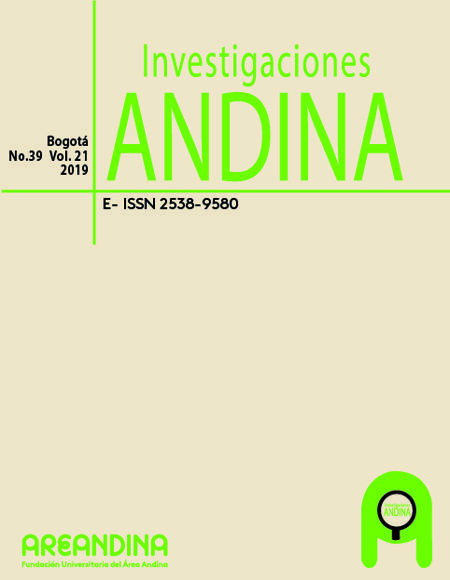
 PDF (Español (España))
PDF (Español (España))
 FLIP
FLIP




